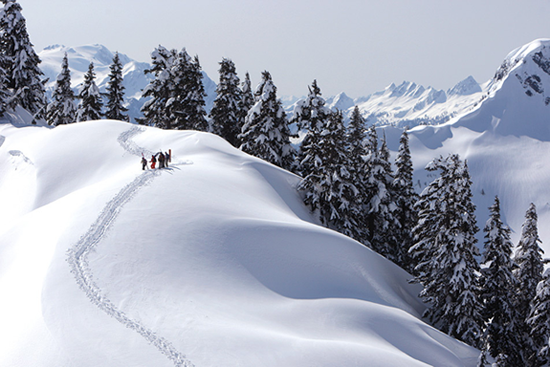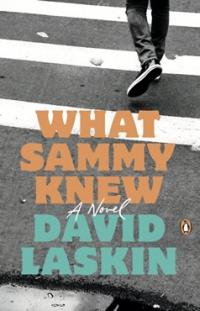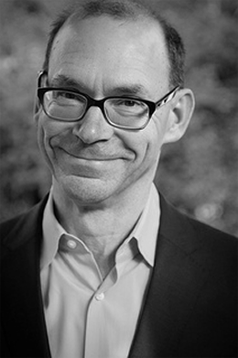Selected articles by and about David Laskin
The Timeless Spell of Rome’s Oldest Churches
New York Times
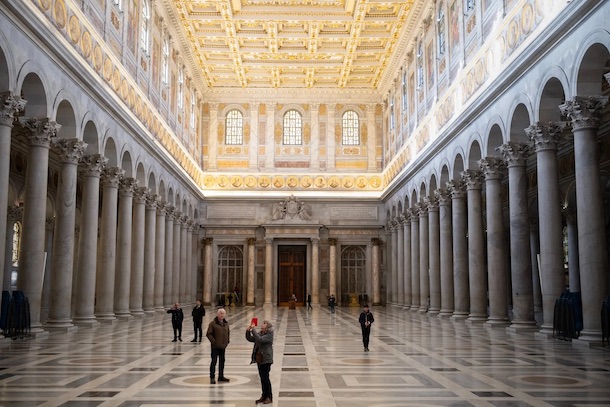
The Basilica of San Paolo fuori le Mura in Rome. Though fire consumed the fourth-century original in 1823, the basilica was immediately — and faithfully — reconstructed. Credit: Massimo Berruti for The New York Times
During the upcoming Jubilee year, millions of Christian pilgrims will flock to the Eternal City’s innumerable holy places. Here are five gorgeous churches that may offer a less-crowded experience.
Tracing the Long, Winding Path of an Ancient Roman Aqueduct
New York Times

In the Park of the Aqueducts, the stone arcades of aqueducts are a central feature of a classical Roman landscape that has appeared in iconic Italian films like “La Dolce Vita” and “La Grande Bellezza.”Photograph by Roberto Salomone for The New York Times
The Aqua Marcia was the longest of the city’s aqueducts, running nearly 60 miles from its source in the countryside to the heart of ancient Rome. The author followed its course, above and below ground.
Rome, Sacred Ground for Nearly 3,000 Years, and Counting
New York Times
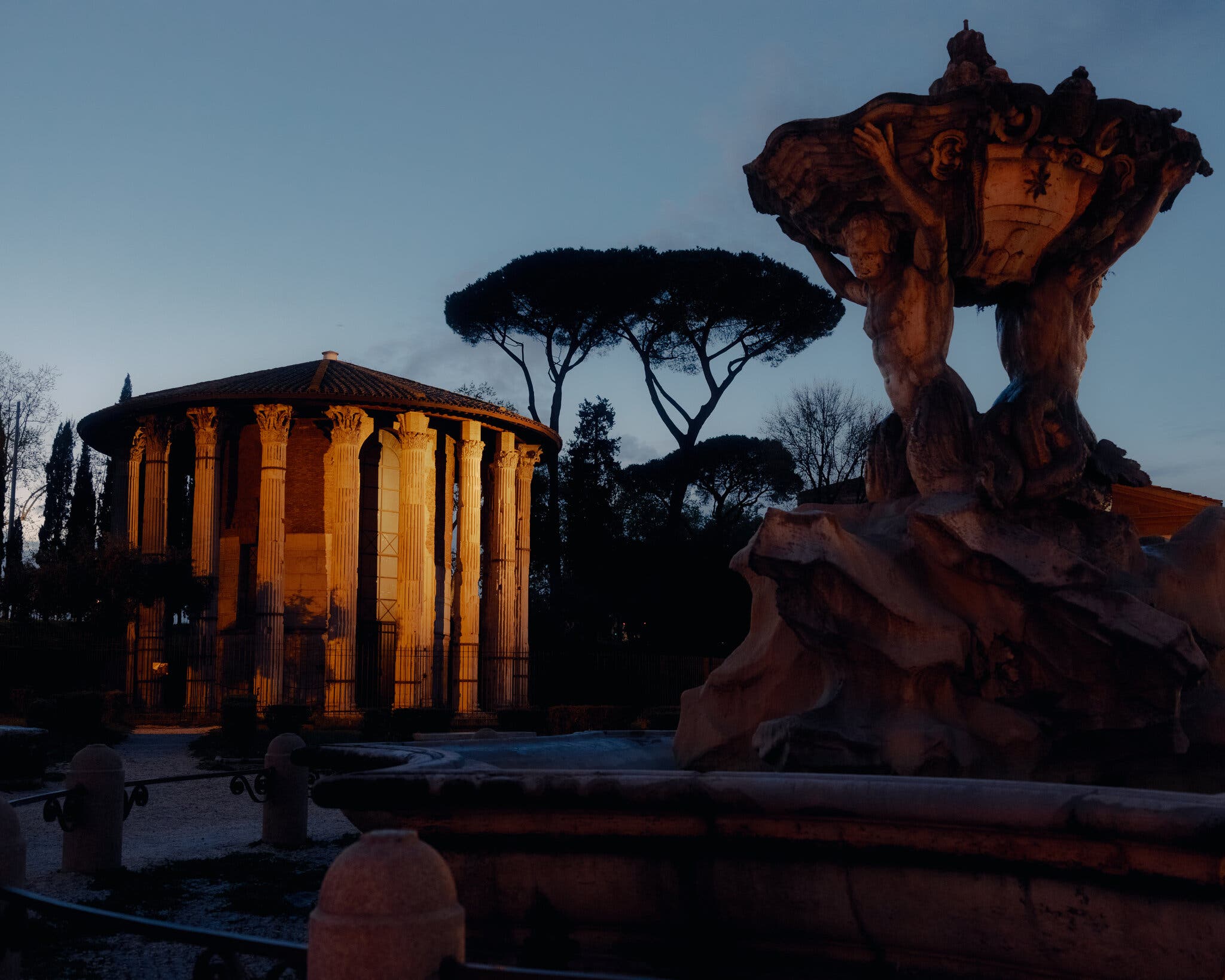
The Temple of Hercules Victor, above, is situated in the Forum Boarium, which was a bustling commercial center in ancient times, when many Roman merchants were fervent Hercules worshipers. Photograph by Martin Pauer
Christianity is just one chapter in the Eternal City’s rich spiritual history. Judaism, Islam and ancient Roman religions are also a big part of the picture.
Facts into Fiction: How genealogy and local history enriched the narrative of 'What Sammy Knew'
Penguin Random House Blog
After a long career successful in narrative nonfiction (The Children’s Blizzard, The Long Way Home, The Family), I decided a few years ago to jump the fence to fiction. My first novel, What Sammy Knew, is the story of a high school senior named Sammy Stein who, in the first months of 1970, runs away from home, holes up in the East Village of NYC, and gets in way over his head in the political ferment of the day. What Sammy Knew is, trust me, a work of fiction – but it is also...
Talking with LI's David Laskin about his debut novel ‘What Sammy Knew’
Newsday
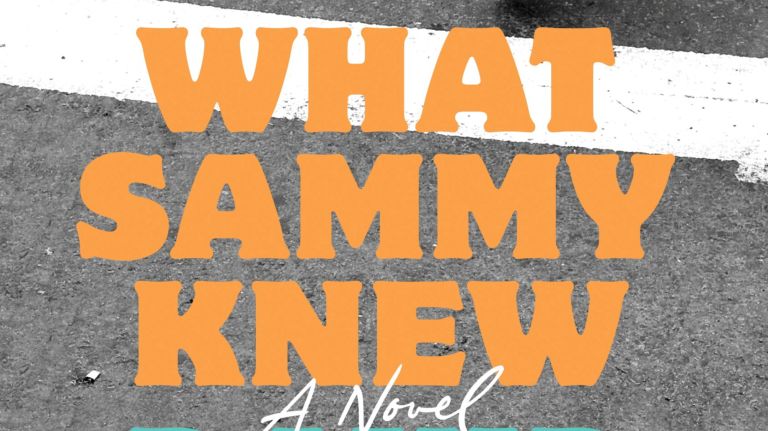
Before you dive into Great Neck native David Laskin's novel What Sammy Knew, cue up its playlist on YouTube, a juicy mixture of rock singles and gospel songs mentioned in the book, from "Honky Tonk Women" to ‘Oh Happy Day.’ One might add ‘Long Time Gone,’ the 1969 Crosby Stills and Nash hit with the lyric ‘It's been a long, long time comin'.’ Half a century, to be exact. After decades of success in nonfiction...
David Laskin Breaks New Ground in ‘What Sammy Knew’
Jewish Journal
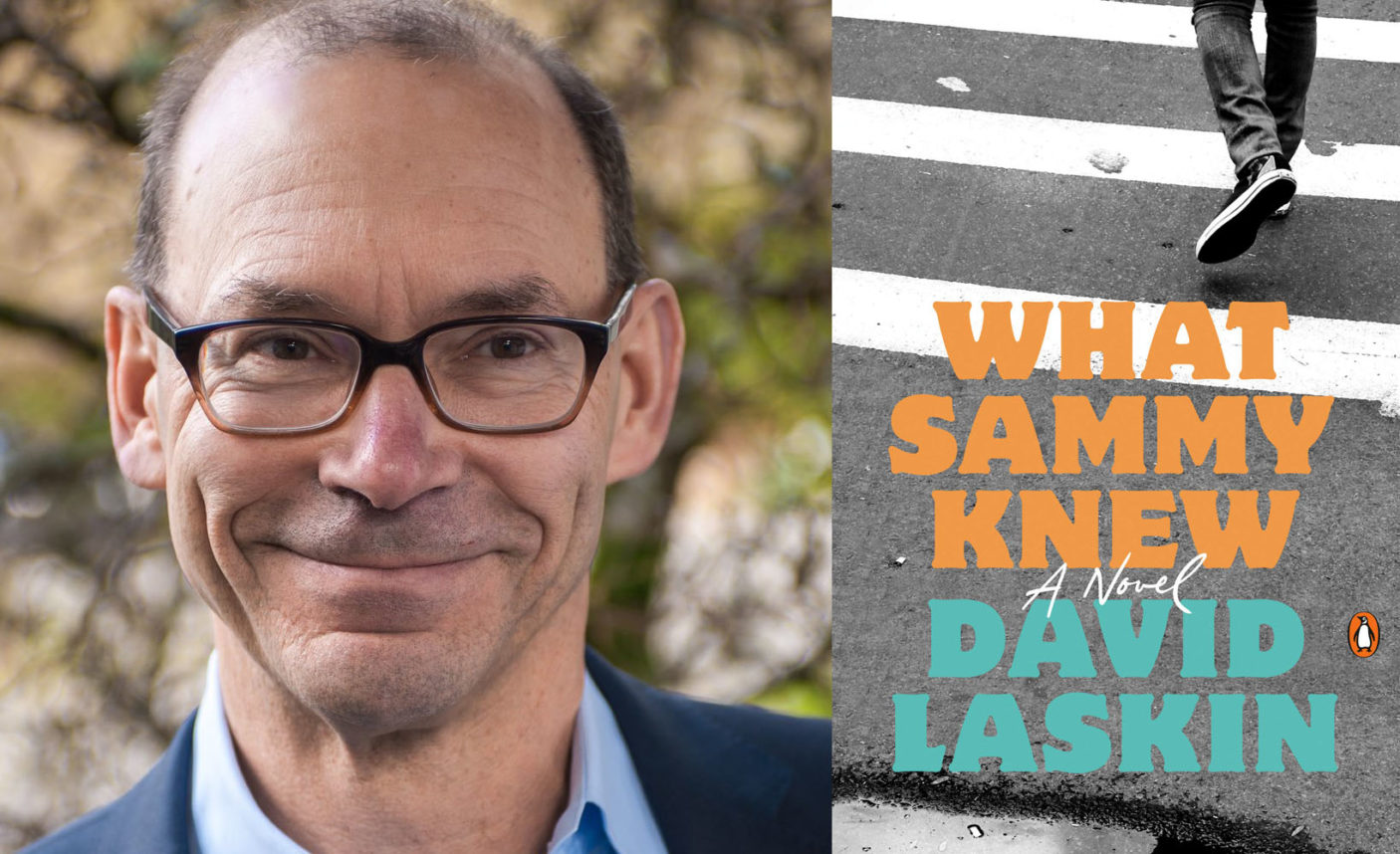
The striking similarities between “What Sammy Knew” and today’s social movements are unmistakable.
Work-from-home veteran David Laskin on writing through the pandemic
Forward
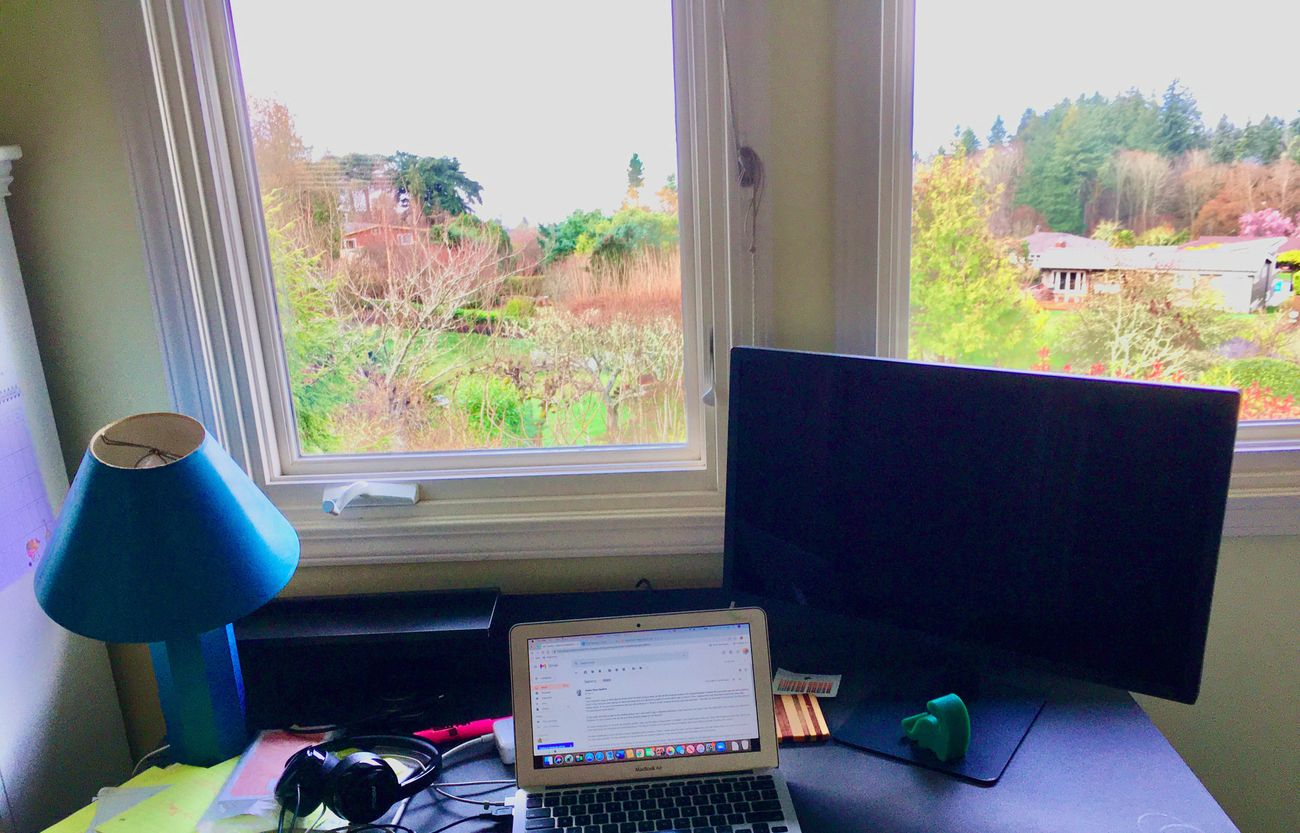
While chatting with the author David Laskin I occasionally glanced over at my window, where a few ailing succulents liven up the gray apartment blocks on view outside. Laskin was doing the same, but he had a better excuse: His home office in Seattle, Washington looks out on the Puget Sound, with cloudy views of the Olympic Mountain range.
Why So Many Novelists Write About Writers
Literary Hub

Ever since Moses hurled his first draft at the unappreciative audience at the Ten Commandments launch party and then had to slink off to re-chisel the damn thing, writers have been putting their ink-splotched stand-ins at the center of their work. There is just something irresistible about seeing a writer exalted, mocked, punished, perplexed, thwarted, reviled and avenged on the page.
Jumping the Fence: Why I Wrote a Novel after Decades as a Nonfiction Writer
Post Alley

Photo by Ed Robertson on Unsplash
The late Ivan Doig was a dear friend and also something of a mentor to me, so whenever we talked about writing I took what he said very much to heart. I remember chatting with Ivan a few years back about his decision to switch from non-fiction to fiction. It was a bold move.
In the Virtual (and Actual) Footsteps of Raphael
New York Times
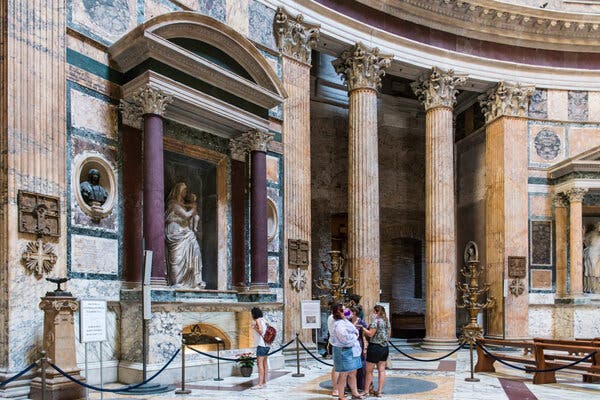
Raphael’s tomb in the Pantheon was supposed to be adorned with a red rose every day in 2020. Now, with the pandemic, many visitors are finding virtual ways to pay their respects. Image: Susan Wright for The New York Times
In Italy and beyond, the plan was to celebrate the 500th anniversary of the Renaissance artist’s death with great fanfare. Then came the pandemic, and the virtual world stepped in.
36 Hours in Rome: With a bit of planning, the Eternal City can be at its most bewitching at the onset of winter.
New York Times
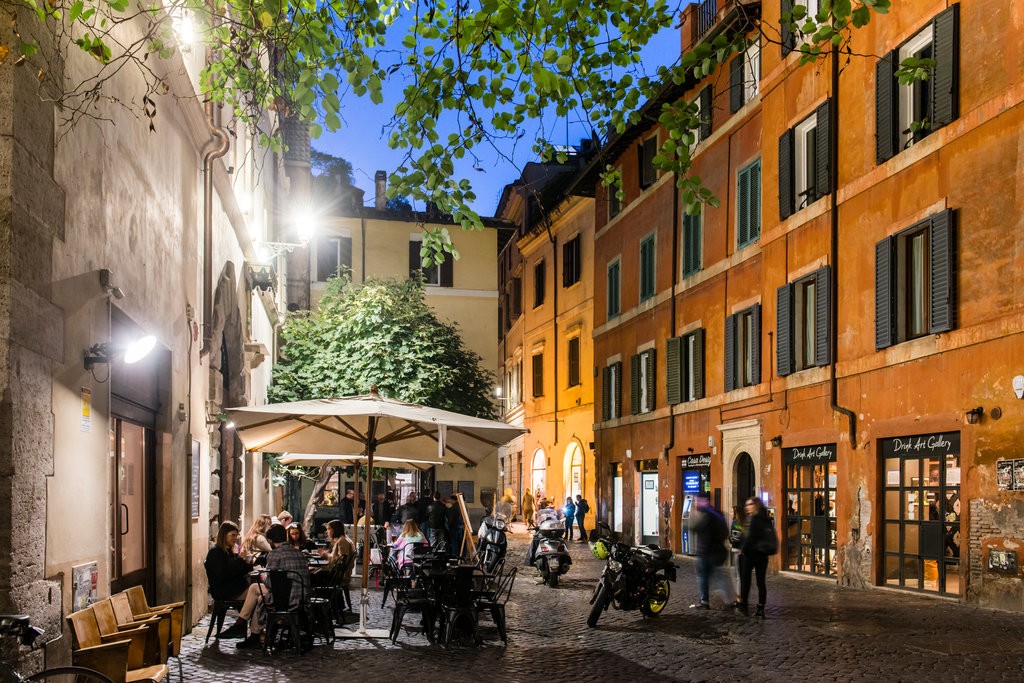
Bar del Fico is a combination bistro and bar where you can sip a Negroni or mescal infused with ginger beer and chili. Image: Susan Wright for The New York Times
For all its imperial and papal pomp and circumstance, Rome at heart is a beautiful child — raucous, dreamy, secretive, a touch spoiled, by turns exasperating and enchanting.
How a Lost Tuscan Jewish Community Lives on Through Its Cuisine
Jewish in Seattle Magazine

Image: Neomi Rapoport
For years, my mother raved to me about Edda Servi Machlin’s The Classic Cuisine of the Italian Jews. “It’s the best of Jewish and Italian cooking”; “everything is so easy”; “there’s not a bad recipe in the book.” One day, convinced I shouldn’t live another minute without this culinary marvel, she mailed me a copy.
Rome, Through the Eyes of Flavius Josephus
New York Times
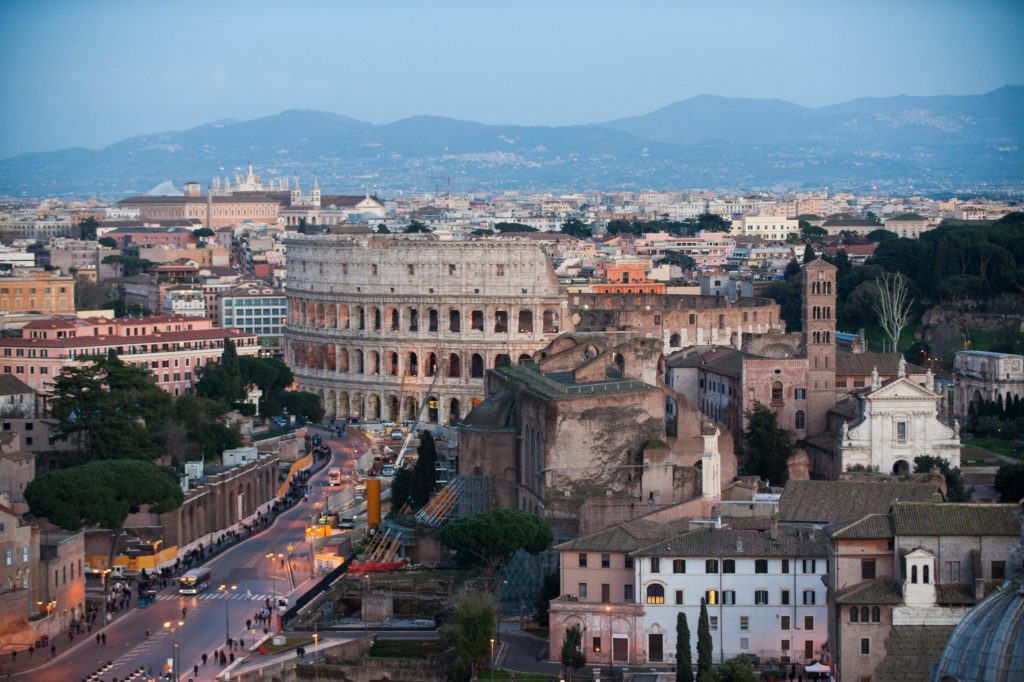
As an ambitious young general, Emperor Titus crushed the Jews’ revolt, leveled their Temple and brought enough booty and slaves back to Rome to finance an epic construction program that included the Colosseum, above. — Credit Susan Wright for The New York Times
Where, but in the Eternal City, is it possible to map a 2,000-year-old eyewitness account of history onto an intact urban fabric?
For Father’s Day: ‘Time has given me back … my real father’
The Seattle Times | June 16, 2016
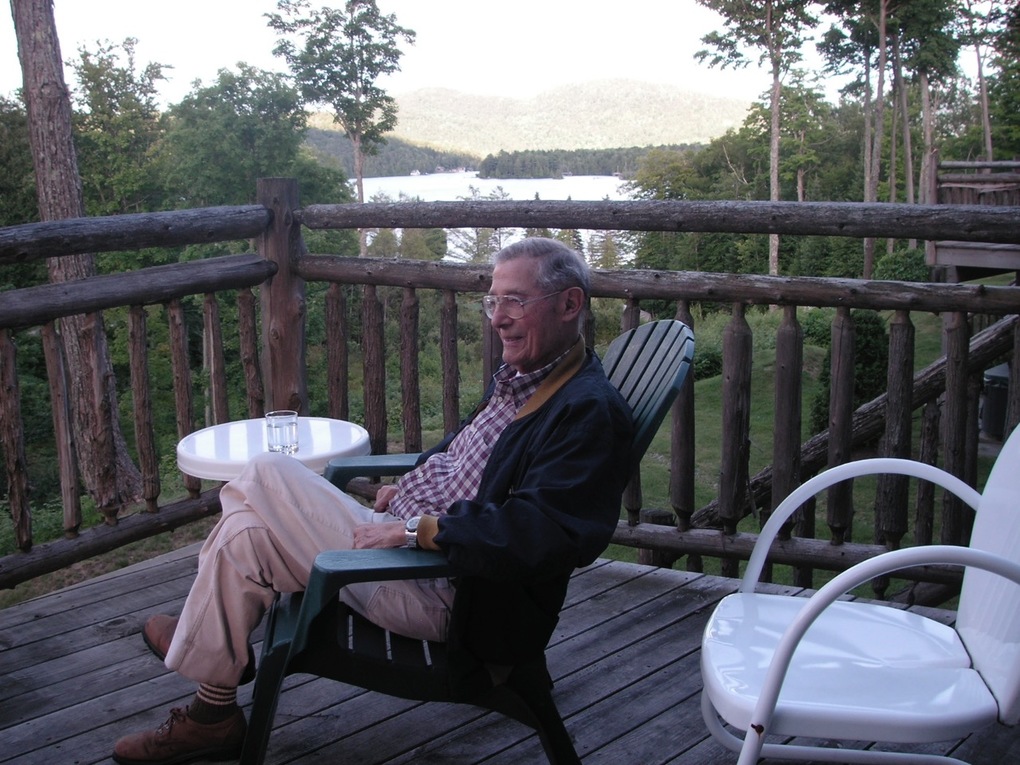
This Father’s Day, award-winning Seattle author David Laskin writes about his best memories of his brilliant can-do father, which have re-emerged to replace the haunting images of his dad’s illness and death.
500 Years of Jewish Life in Venice
The New York Times | March 9, 2016
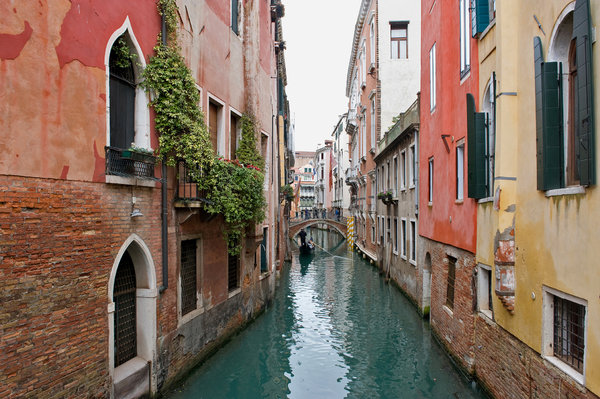
A journey into one of the world’s oldest Jewish ghettos, where this year a long, rich history is commemorated.
Tear Through the World in Wild Disguise
Seattle Met | July 30, 2015

Ivan Doig was a Northwest legend. Before he died this past spring, the Seattle novelist had one last message to share.
The Carlton Complex Fire: A Harvest of Ashes
Seattle Met | December 1, 2014
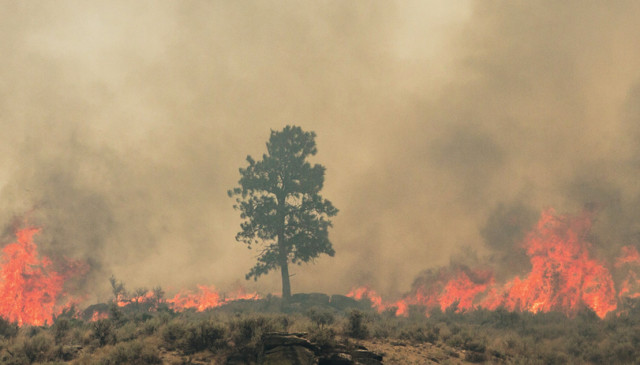
Fire seared the hills above the Stennes homestead ranch. Photo by Lifesong Photography
He wakes on a midsummer morning to an orange sky. Not the flush of dawn but the angry pulse of fire to the north, upriver. Below that sky lies everything he has loved—his family, their homes, the orchards he inherited from his grandfather—all of it cradled in a narrow, tinder-dry canyon. The conflagration has crept toward Keith Stennes for days—starting three days earlier, when four separate lightning strikes ignited the Methow Valley—and this morning, July 17, 2014, it has almost arrived.
He tastes the air. The flavor of burnt forest. The fire, less than 10 miles away, will be at his farm by late afternoon.
Lanky, 69, silver haired, Stennes is the patriarch of a family whose business dates back to the 1890s, when his grandfather Britanus Stennes laid claim to the land and pushed an apple sapling into the fertile soil. Together with his 33-year-old twin sons, Keith helms Stennes Orchards, 550 acres from which they coax 20 kinds of apples, pears, pluots, and cherries.
A Report From the Jewish Genealogists’ Summer Camp
The Jewish Daily Forward | August 25, 2014
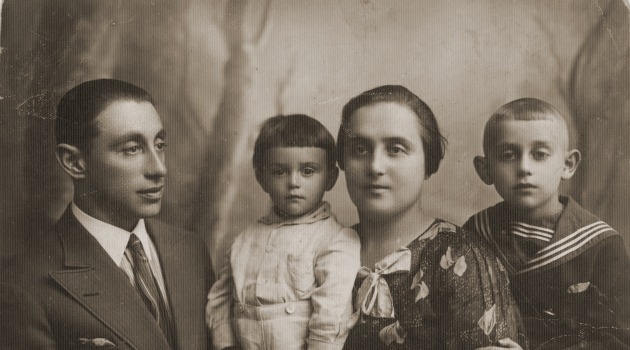
As a latecomer and a relative newbie in Jewish genealogy, I have to admit I was a little apprehensive this July as I walked into the lobby of the Hilton Salt Lake City Center where the International Association of Jewish Genealogical Societies was holding its 34th annual conference. This was the tribe’s gathering of the tribes, the big powwow for the umbrella organization that oversees 74 Jewish genealogical groups around the world.
Though I had devoted a good part of the last three years to researching and telling my own family’s story, I really had no idea what to expect from a Jewish genealogical conference. Banks of computers occupied round the clock by googly-eyed family seekers? Tips on deciphering Hebrew headstones? A road map for navigating the labyrinth of JewishGen? Lively discussion and debate on Jewish history, the crisis in Gaza, the Ashkenazi-Sephardi divide? Passion, obsession, frustration, jubilation?
Family Tree: Author David Laskin Reveals the Risks and Rewards of Researching Your Ancestry
Parade | December 28, 2013
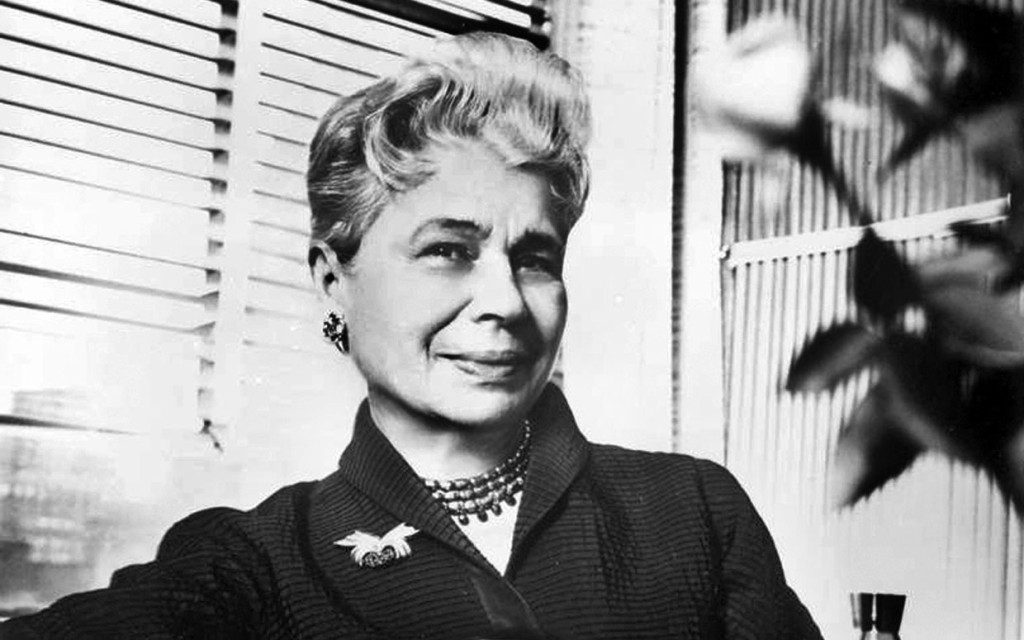
As age 60 approached, I was seized by a strange new urge: the need to know my family history. I can only explain it as one of those out-of-the-blue impulses that accompany a new stage of life. With the kids grown and launched, I found myself dreaming of becoming a grandfather. What would I tell my grandkids about their heritage? All of a sudden, I became curious and then consumed by the desire to find out more about who we were.
I got off to a lucky start because my grandfather’s sister was the founder of the Maidenform Bra Company. A quick Google search revealed that Ida Rosenthal had been a socialist firebrand who was forced to leave Tsarist Russia at age 19 because she was fomenting revolution! She arrived at Ellis Island in 1905 with $12 to her name, went to work as a seamstress, and later opened a Manhattan dress-making business. In 1922, Ida came up with the first Maidenform bra—and the rest is history.
History, but not family history. Google drew a blank when I searched for other relatives.
Unread Family Letters Open Window Onto Life on the Eve of the Holocaust
The Jewish Daily Forward | October 19, 2013 | How David Laskin Came To Write His Family Story

On my first trip to Israel, just hours after I landed in Tel Aviv, my Israeli cousin Benny told me that he had nearly 300 family letters dating back to the 1930s and ’40s. I had come to Israel to research a book about the family that Benny and I have in common, and this revelation felt like winning the lottery.
“Most of the letters were from my mother Sonia’s family in Poland,” Benny explained over mint tea in the backyard of his house in Moshav Avichail, north of Netanya. “Her parents and sisters wrote to Sonia after she made aliyah in 1932.”
There were also letters written by Benny’s grandfather, Shalom Tvi, who had left Poland just weeks before World War II began to visit family in New York — my immediate family. Shalom Tvi spent the next seven-and-a-half years trapped in the States, agonizing over the fate of his wife, daughters and grandchildren in Europe.
Echoes From the Roman Ghetto
The New York Times | July 12, 2013 | Travel Section cover story about the Nazi occupation of Rome during the Second World War.
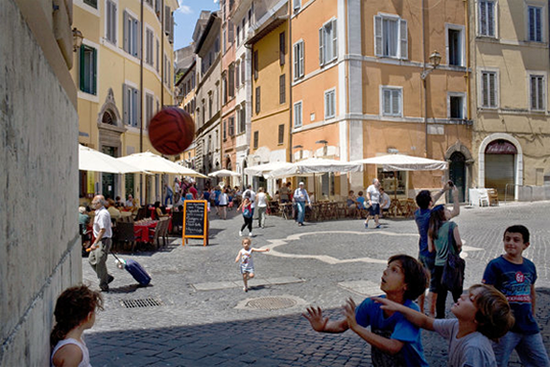
Photo by Kathryn Ream Cook for The New York Times
The Portico d’Ottavia is one of those chunks of urban surrealism that you come across only in Rome. From a cavity about 20 feet below street level, the ruin of a massive 2,000-year-old portico thrusts its crumbling marble geometry into the present. The dome of a Baroque church, Santa Maria in Campitelli, peers down from the next piazza like a nosy matron.
A few steps from the ruins, multilingual waiters reel in tourists to dine on their terraces amid pyramids of artichokes. A poster on a palace wall hawks kosher sushi — coming soon! Bearded men in skullcaps jostle students in tank tops.
No one seems the least bit thrown by this jarring mosaic of times and cultures. Everybody is too busy talking, sipping, pointing, sauntering, forking up something delicious.
The Most Treacherous Terrain
Seattle Met | November 21, 2011 | This feature story profiles the Northwest Avalanche Center by unfolding the tragic death of a college student in a freak late winter avalanche.
No way were they passing up a snowboarding trip. The next day was the last day of spring break, and Riley McCarthy and Stuart Beckman, University of Washington students and frat brothers at Alpha Sigma Phi, had their plan nailed down by late in the evening, Saturday, March 26, 2011. Riley, 20, a sophomore who had just decided to major in engineering, and Stuart, who at 22 had two quarters to go on his degree in mathematics, were fit, lanky guys who possessed a special grace when airborne over untouched powder. And late last winter and well into the spring, powder was pretty easy to come by in the Cascades.
Riley arranged to borrow his mom’s car, pick up Stuart in the morning, and drive up to Stevens Pass ski resort. They’d meet up with three other members of the Husky Snowboard Team in the resort parking lot around 9am and the five of them would ride their hearts out. “Bring backcountry gear,” Stuart told one of the guys on the phone that night. “We might ride that stuff.”
Stuart and Riley knew about backcountry avalanches. They talked about the weather and the physics of snow all the time. But avalanches happened to other people.
When History Speaks
The New York Times| September 29, 2010 | Travel Section cover story about tracing family history in Israel.
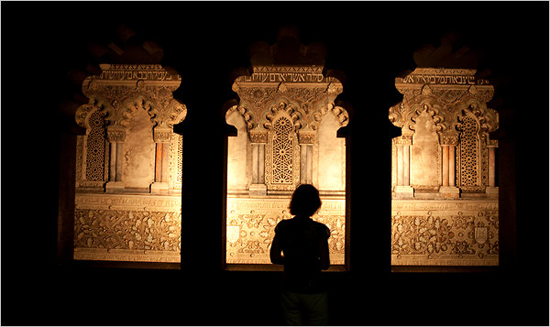
Photo by Yoray Liberman for The New York Times
CHAIM KAHANOVICH, an 18-year-old Polish Jew, caught his first brown glimpse of the Holy Land from the deck of a steamer in November 1924. He would never leave. Dark-haired, short and solid, Chaim brought with him a teenager’s blazing passion and an ideologue’s stubborn commitment to a cause. The long, slow journey had taken him from Warsaw by train to the Black Sea port of Constanta, then by ship through the Bosporus Straits and across the Mediterranean to . There at last, rising like the back of an ox from the blue water of Haifa Bay, was the sere ridge of Mount Carmel — the Promised Land.
From his boyhood study of Torah, Chaim would have known that Carmel was the place where the prophet Elijah faced down the pagan priests of Baal and fled the wrath of Queen Jezebel. But he had not come to Palestine to study Torah. He and his comrades were called halutzim — pioneers — and they had made aliyah (literally the ascent) to the Holy Land to plow the soil, plant grapevines and citrus groves, raise chickens, tomatoes and children, and to found a new nation.
.png)
